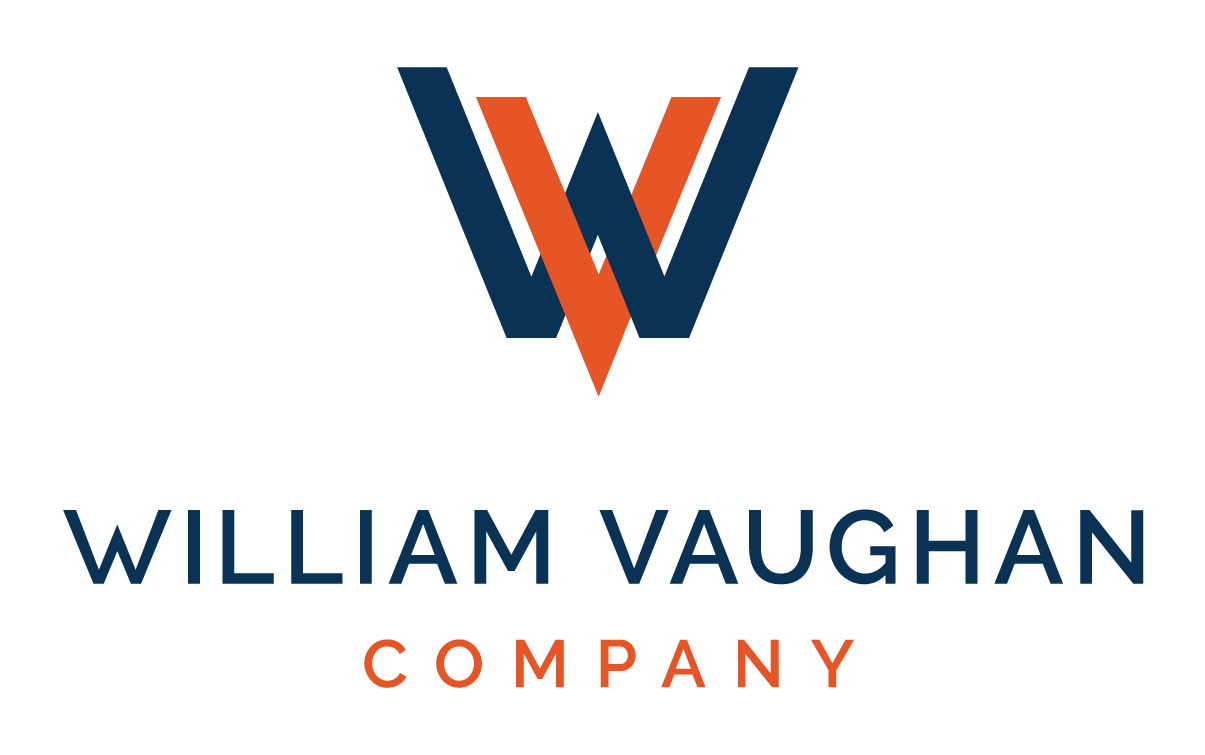Exploring Opportunity In The Ohio Regional 166 Direct Loan Program
Jun 22, 2023

The Ohio Regional 166 Direct Loan Program is a state-funded loan pool that provides low-interest loan financing assistance to businesses for the allowable costs of eligible projects within the state to promote economic development, business expansion, and job creation.
Program details:
- The program may finance up to 40% of an eligible project, with loans up to $1,000,000
- A minimum of 10% equity contribution is required from the borrower in the eligible project, however, a greater equity contribution may be required based on due diligence. The remaining eligible project shall be funded by the borrower either directly or indirectly through third-party investors and/or private lenders.
- Interest rates shall be fixed at or below local market rates at the time the loan is presented to Development for approval.
How can I use the loan?
- Land and/or building purchases – if the project involves the purchase of an existing building, the business must occupy at least 51 percent of the premises;
- Machinery & equipment purchases;
- Building construction and/or renovation costs – in case of construction, the business must occupy at least 60 percent of the premises;
- Long-term leasehold improvements;
- Ongoing fixed asset purchases; and
- Capitalizable costs directly related to a fixed-asset purchase.
Are there any associated costs?
Yes. There is a commitment fee equal to 1.25% % of the loan amount capped at $12,500 due to proceed with the loan closing and loan documentation process. Also, the annual servicing fee which is equal to 0.25% of the outstanding principal amount of the loan is pro-rated and payable monthly
Who can apply?
This program has been leveraged primarily by the following types of for-profit businesses:
- Manufacturing & Distribution
- Research & Development
- Owner-occupied commercial real estate
Next steps
Applications are accepted by the Program Administrators who perform preliminary investigations into the financing needs and the business seeking funding. Locally, the Toledo-Lucas County Port Authority serves as a Program Administrator. To inquire about the program, connect with Jason Bartschy, Director of Financing Programs at jbartschy@toledoport.org
For a complete list of program administrators, please visit the Ohio Department of Development website here.
Connect with us.
wvco.com
Categories: Manufacturing & Distribution, Other Resources
End of July Brings Filing Deadline for Employee Tax Retention Credit (ERTC).
Jun 15, 2023
Don’t leave money on the table!

The Employee Retention Tax Credit (ERTC) is a provision established under the CARES Act which has been enhanced by additional legislation and could provide an immense amount of capital to employers. However, time is running out for business owners to claim what could amount to thousands of dollars in tax refunds.
The ERTC is a refundable tax credit employers can claim against certain quarterly employment taxes, equal to a percentage of qualified wages and health insurance costs paid after March 12, 2020, and before September 30, 2021. For 2020, the credit is 50% of qualified payments, up to $10,000 per employee. Simply put, an eligible business has the potential to request refunds of up to $5,000 per employee for 2020. The benefits are even greater in 2021.
But that means in order to claim the credit for those last three quarters of 2020, business owners need to act now. Tax payers have up to three years to amend their quarterly returns. By amending a return, business owners may unlock substantial benefits to support their business’s growth.
Business Eligibility
For most businesses, eligibility for ERTC for fiscal year 2020 is determined by meeting one of two tests:
- Test 1: A measure of decline in gross receipts. If an employer experiences a significant decline in gross receipts for any calendar quarter, as compared to the same calendar quarter in 2019, they will be eligible for the credit in that quarter. For 2020, this decline is defined as gross receipts that are less than 50% of gross receipts for the same quarter in 2019, and for 2021, this decline is gross receipts being less than 80% of gross receipts for the same quarter in 2019.
- Test 2: A full or partial suspension of operations. If an employer was subject to any full or partial suspension of operations because of government orders related to COVID-19 they could be eligible. These orders could be Federal, State, county, and/or municipality. Even if the business was deemed essential and was not directly affected by such orders, there still could be avenues to be eligible for the credit.
Filing Deadline
Despite the expiration of the tax credit in September 2021, eligible businesses, companies, and employers have the opportunity to submit documentation and retrospectively obtain reimbursements for the Employee Retention Credit in 2023. In order to accomplish this, business owners are required to complete IRS Form 941-X, which serves as a means to rectify any errors in their initially submitted Form 941. However, it is important to note that this process is only applicable within a three-year timeframe from the original filing of their payroll tax returns.
With the number of ERTC scams on the rise, WVC always recommends that businesses consult with their trusted tax professional to ensure eligibility, understand the specific requirements, and navigate the amendment process successfully. Connect with William Vaughan Company’s ERTC team today to see if your business meets the eligibility requirements – by acting now, you just may position your businesses for a brighter financial future.
Connect With Us.
Mike Hanf, CPA, CGMA
Tax Partner, ERTC Practice Leader
wvco.com
Categories: Other Resources, Tax Planning
IRS Tax Update: Filing Deadlines Extended to February 15, 2023 for Hurricane Ian Victims
Oct 04, 2022
On September 29th, the IRS announced Hurricane Ian victims in the state of Florida will now have until February 15th, 2023, to file various federal returns.
The tax relief measure applies to businesses and individuals operating and residing in areas designated to receive disaster relief from FEMA. Those eligible must also have had a filing deadline of September 23rd, 2022, or later. In other words, any business or individual in the state of Florida that filed to extend their 2021 federal tax returns out to October 17th, 2022, will now have until February 15th, 2023, to file any returns or taxes.
For businesses, the extension relief will also apply to quarterly payroll and excise tax returns normally due on October 31, 2022, and January 31, 2023. For individuals, the tax relief applies to any quarterly estimated income tax payments due on January 17, 2023. Additionally, penalties on payroll and excise tax deposits due on or after September 23, 2022, and before October 10, 2022, will be abated as long as the deposits are made by October 10, 2022.
The IRS will automatically apply this relief measure to taxpayers with a record of address in the disaster area, meaning there is no need to contact the agency directly. However, if an affected taxpayer receives a late filing or payment notice (that had an original or extended filing, payment, or deposit due date falling within the postponement period,) the taxpayer should call the number listed on the notice as soon as possible to abate the penalty.
For more information on the tax relief measure or to see if you qualify, contact your trusted team of tax professionals at William Vaughan Company as we continue to monitor IRS updates and the situation in Florida.
Connect with us.
Categories: Other Resources, Tax Compliance, Tax Planning
5 Tips for Building Culture in a Disconnected Workspace
Aug 30, 2022
With the labor shortages and hiring challenges facing employers nationwide, now more than ever, companies are beginning to put their “office culture” under a microscope. But what exactly does that mean, and how important is workplace culture in relation to employee retention?
We sat down with Aaron Swiggum, managing partner at William Vaughan Company to learn what innovative techniques his leadership team has initiated within the firm to create a culture that keeps talent motived and engaged: Give your team the trust and flexibility to work remote.
“At William Vaughan Company, we give our employees the option to work from home or at any of our three offices, depending on the needs of their schedule,” said Swiggum. “To support our staff working remotely, we offer a take-home technology package fully equipped with monitors, docking stations and the like to ensure their success while off-campus.”
Create space for connections within the office.
Meanwhile, for those working on-site, Swiggum has repurposed unused office space into multi-person, collaboration rooms where our team can work together, bounce ideas off each other, and grow together as professionals. Expanding opportunities for engaging connection beyond just the traditional “water cooler” chat is crucial for the ever growing, virtual workspace.
Keep an eye on corporate culture trends to stay ahead of curve.
Corporate cultures at companies like Google and Facebook typically come to mind when you think of progressive work environments and trendy perks. But you don’t have to be a tech giant to incentivize your team. William Vaughan Company noticed what those companies were doing, then polled our team to see which perks would be most beneficial to them. “We’ve increased our maternity leave, added paternity leave for new dads, and created wellness programs that encourage healthy habits during our busiest, and often most stressful, times of the year.
Reimaging what teambuilding looks like.
Modeled after the esteemed, Seattle Fish Market, William Vaughan Company launched a program known as “Fish Groups” which aims to connect 7-8 team members who may not normally work together. Each group meets off-campus periodically throughout the quarter, allowing for deeper connections to form between colleagues that may have only previously communicated via email.
Define your core values and stick to them.
Of all the core values that define William Vaughan Company, “work hard, play hard,” “family,” and “community” are the pillars upon which we’ve built our culture. “We pride ourselves on having created a work environment where our team can have fun, participate in community service activities, and at the end of the day, feel secure about putting their families first,” Aaron says.
Although “culture” has become somewhat of an overused buzzword today, William Vaughan Company knows how important building and maintaining a positive and engaging work environment can be. According to Aaron, “when your team feels valued and supported, that directly translates into the work they’re doing for the clients. And ultimately, our goal is to help our clients and their businesses succeed, so we have to start by creating a space for our internal team to be successful.”
Connect with us.
Categories: Other Resources
5 Tips to Attract and Retain Talent During the Great Resignation
Jul 14, 2022
From the fading “help wanted” signs posted in windows of local businesses, to the daily news headlines, it’s no doubt the effects of The Great Resignation have permeated throughout America’s economy. And not only are companies struggling to find new talent, but even retaining their existing workforce has become a challenge; according to research, as many as 95% of employees are considering quitting their jobs or switching careers altogether.
In an effort to understand what these trends mean for Ohio businesses, William Vaughan Company teamed up with regional leaders to host a panel discussion where we discussed innovative techniques companies are starting to employ in order to attract and retain talent. Here are our top 5 takeaways:
- Expand your search to include traditionally untapped talent populations.
Every 1 out of 4 adults in the United States is currently living with a disability, however, in 2021 only 19 percent of those individuals were gainfully employed. Making small changes to your workspace to accommodate these individuals can often be funded by grants and opens up an entirely new pool of talent from which to pull. Other talent pool opportunities include the previously incarcerated or second chance communities which is roughly 70 million Americans, and the veteran population. Thinking outside the box and investing in untapped talent could be a real solution in an extremely competitive job market. - Be proactive in recruiting by keeping your “talent pipeline” full.
Just as companies keep track of pending deals in their sales pipeline, keeping track of applicants in a “talent pipeline” is equally as beneficial. While an applicant may not be the right fit for an existing job opening, keeping their information on-hand for a future job posting could prove to be useful. - Check-in with new hires within the first 90 days.
Studies show the majority of turnover happens within the first 90 days of employment. Improving onboarding procedures and checking-in with new hires within that 90-day window is crucial to employee retention. - Get involved on local school boards.
Last year alone, 80 percent of local college graduates relocated for work. Making connections with board members at local high schools and universities has proven to be a great way for businesses to get their foot in the door with up-and-coming talent. - Leverage professional connections.
While recruiting firms and temp agencies may provide some momentary workload relief, leveraging connections with industry-specific business consultants may lead to finding that perfect, long-team hire. For example, William Vaughan Company offers CFO, Controller & Bookkeeper Placement services that help our clients make the right decisions for their long-term objectives.
Interested in hearing the entire discussion? Visit our Youtube channel for the full recording. To learn more about William Vaughan Company’s onboarding and placement guarantee, be sure to reach out to our team of trusted business consultants.
Connect With Us.
wvco.com
Categories: Other Resources
